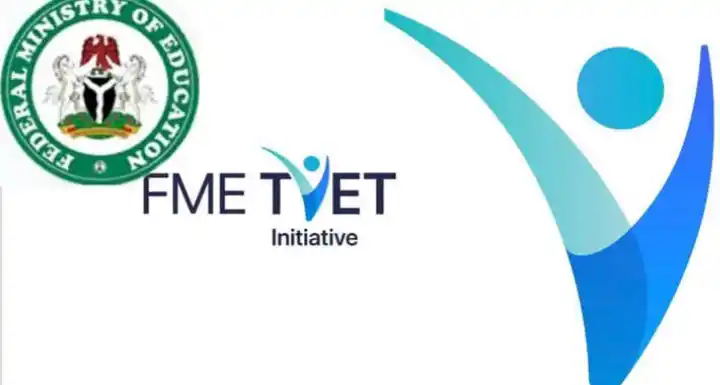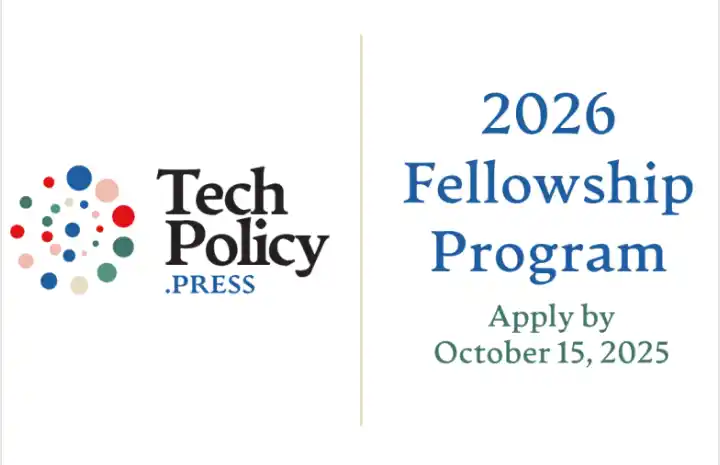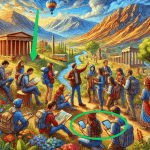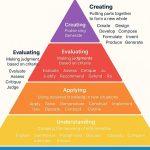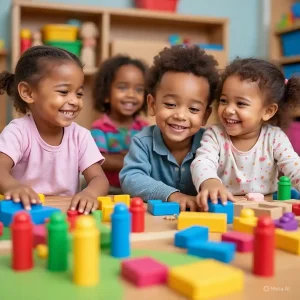
Hidden Curriculum in Play: How Play-Based Learning Teaches Your Child Critical Life Skills
The Hidden Curriculum in Play: Lessons You Never See Coming
Imagine a group of four-year-olds building a massive block tower. One child insists on a specific foundation, another demands the blue blocks go on top, and a third tries to sneak a plastic dinosaur into the structure. Within minutes, there’s a negotiation, a compromise, a small conflict, and a burst of shared laughter as the tower inevitably collapses.
No teacher explicitly lectured on “conflict resolution” or “structural engineering.” Yet, in that single play session, those children mastered crucial skills far beyond anything in a textbook. This is the essence of the hidden curriculum in play: the subtle, unspoken lessons children absorb while they are simply having fun.
The hidden curriculum in play refers to the unwritten rules, values, and perspectives that children learn through their interactions, activities, and environment. These invisible lessons matter profoundly because they are the foundation for a child’s social, emotional, and intellectual growth. They determine how a child handles disappointment, collaborates with a team, and approaches a complex problem.
In an era where early childhood education programs and schools are increasingly embracing the play-based learning movement, understanding this hidden learning is essential. It proves that the sandbox, the building blocks, and even the right educational app are not just time-fillers—they are the child’s most critical classroom.

Understanding the Hidden Curriculum in Play: Psychology in the Sandbox
The concept of a “hidden curriculum” describes the unintended lessons taught in any structured environment. When applied to play, the definition becomes more organic: it’s the space where authentic, organic learning naturally unfolds outside of formal instruction.
Play is the supreme context for this hidden learning because it is self-directed and intrinsically motivating. It is rooted deeply in educational psychology and established child development theories:
- Vygotsky’s social learning theory asserts that children learn through social interaction and collaboration, often performing at a higher level in play than they would alone. Play pushes the boundaries of the Zone of Proximal Development (ZPD).
- Piaget’s constructivism emphasized that children actively construct knowledge and understanding through their experiences, constantly testing their ideas and integrating new information into existing mental frameworks.
The hidden curriculum in play is simply the living, breathing manifestation of these core principles, from playground negotiation to digital collaboration on educational games.
Why Play Matters: The Neuroscience Behind Play-Based Learning
For too long, play has been viewed as the opposite of serious learning. Neuroscience tells a different story.
When a child is actively engaged in joyful, meaningful play, their brain lights up in ways that formal instruction struggles to replicate. Research shows that play stimulates multiple areas of the brain simultaneously, activating the prefrontal cortex—the area responsible for attention span, emotional control, and creative problem-solving [^3]. It’s during play that new neural connections related to executive function are rapidly formed and strengthened.
This deep scientific backing is why play-based learning is not a fad; it is a scientifically sound methodology used in progressive schools globally. The most effective education technology tools now incorporate this science, making digital play measurable and inclusive by allowing teachers to track engagement and refine the play-based approach using real-time data.

The Invisible Core: What the Hidden Curriculum in Play Really Teaches
The true power of the hidden curriculum in play lies in the invisible life skills it cultivates. These lessons are not taught, they are caught:
Social Play \rightarrow Emotional Intelligence & Empathy (SEL)
Social play is a crucial boot camp for social emotional learning (SEL). Children must navigate complex relationships, leading them to:
- Emotional Intelligence: Reading non-verbal cues and understanding the feelings of others.
- Empathy and Sharing: Learning to compromise, take turns, and care for peers who are disappointed or hurt.
Constructive Play \rightarrow Problem-Solving & Resilience
Activities like building a fort, solving a puzzle, or coding a game are critical thinking in early education in action. Children learn to:
- Experimentation: Testing hypotheses and understanding cause and effect (e.g., if I use a wider base, the tower won’t collapse).
- Resilience: Bouncing back after failure (The code didn’t run, so let’s debug it and try again).
Imaginative Play \rightarrow Creativity & Perspective-Taking
Role-playing (e.g., being a chef, a doctor, or an engineer) fosters the soft skills critical for the modern workforce:
- Creativity in education: Generating novel ideas and scenarios within an imaginary framework.
- Perspective-Taking: Stepping into another’s role, which is the cornerstone of social understanding and teamwork.
Digital Play and the Hidden Curriculum in Modern Learning
The hidden curriculum in play extends seamlessly into digital spaces. Digital play environments, including educational apps, collaborative STEM games, and VR learning platforms, are powerful tools for transmitting hidden values and team skills.
These digital learning tools for kids and education technology solutions shape behavior and skills in unique, necessary ways:
- Digital Ethics and Citizenship: Learning not to exploit glitches or cheat in a multiplayer game teaches integrity within a digital community.
- Global Collaboration: Working synchronously with remote peers on a coding project teaches delegation and shared goal achievement, skills vital for future careers.
The balance is crucial: the right EdTech platforms encourage active creation, interaction, and problem-solving, reinforcing positive hidden values, making them a key component of modern learning management systems.
Critical Life Skills Children Learn Through the Hidden Curriculum in Play
The ultimate outcome of the hidden curriculum in play is the development of non-cognitive, 21st-century learning competencies.
- Communication: Successfully articulating a plan (e.g., “We need to trade this card for that card”) or negotiating conflict in play strengthens expressive language skills.
- Critical Thinking: Play forces children to analyze problems, evaluate options, and make quick decisions, thereby fostering true resourcefulness.
- Emotional Regulation: Handling the disappointment of losing or the frustration of a project failure builds the core competencies defined by established SEL frameworks (self-management, responsible decision-making) [^4].
- Adaptability: Since play is rarely fully scripted, children constantly learn to adjust to new rules, new players, and new circumstances, learning to thrive in unpredictable settings.
The Role of Teachers and Parents in Guiding the Hidden Curriculum in Play
Adults are essential architects of the hidden curriculum in play. Their role shifts from direct instructor to intentional observer and positive model.
For Educators (Integrating Play-Based Learning):
- Intentional Design: Teachers should design learning centers that encourage specific hidden skills (e.g., a shared building station to promote compromise).
- Observation and Feedback: Rather than solving conflicts, the teacher uses moments of tension for growth, modeling calm, effective language: “I see you’re both upset about the truck. Let’s use our words to find a solution.”
- Professional Development: Investing in teacher professional development focused on integrating unstructured play into the daily curriculum ensures the why behind play is understood and utilized.
For Parents (Supporting Hidden Learning at Home):
- Value the Effort: Focus on the process over the outcome. Ask, “Tell me the strategy you used to figure out that puzzle!”
- Provide Tools, Not Instructions: Offer open-ended materials (cardboard, nature supplies, coding toys) that require innovation and exploration.
- Model Healthy Regulation: When conflicts arise at home, use it as a chance to model healthy emotional regulation and compromise for your child.
Inclusion, Equity, and the Future of Play-Based Learning
Unequal access to quality play experiences—due to resource disparities, unsafe communities, or lack of cultural relevance—creates a massive gap in access to the hidden curriculum in play.
- Bridging the Divide: Digital inclusion is a powerful lever. Accessible learning platforms and low-cost accessible learning tools can bring rich, interactive, and culturally relevant play experiences to children regardless of their socio-economic background.
- Policy Focus: Modern policy efforts recognize that digital inclusion must go beyond simply providing access; it must focus on capacity building, teacher training, and inclusive design to truly foster education equity [^5]. Play must be available, accessible, and relevant to all children.
From Play to Policy: Making the Hidden Curriculum Visible
To secure the legacy of play, schools, and EdTech leaders must move beyond philosophical acknowledgment to formal, measurable recognition.
This requires:
- Curriculum Innovation: Integrating clear, play-based objectives into official learning standards—not just for academics, but for SEL and executive function skills.
- Data-Driven Analytics: Utilizing education data analytics and SEL tracking to measure growth in collaboration, emotional regulation, and persistence learned through play.
- Policy Support: Encouraging frameworks that fund and support play-based education as a non-negotiable component of digital transformation. Making the hidden curriculum in play a visible priority drives better student and societal outcomes.

Play Is the Real Classroom
Every game, story, and sandbox moment is a profound learning experience. The hidden curriculum in play is not peripheral; it is the most efficient, natural way children learn the foundational skills needed for a complex, challenging world: empathy, resilience, innovation, and collaboration.
It’s time for parents, educators, and tech innovators to stop underestimating the power of play. It is not a luxury, an add-on, or a break from serious work. Play is the foundational work of childhood—it’s where the future learns to think.
Let’s commit to protecting, valuing, and celebrating the power of play in every home and classroom.



